Step 7. Mains Electrical and Bench Power Supplies.
Sometimes, a battery pack will not be adequate for your robotic projects. There are various mains power supplies that plug in to the wall of you home or workshop, and can be the perfect solution for constant power for your static robot, or for bench testing. This step will go through a few different options that you can use.
DC: This is normally a low voltage continuous form of power which you will find in batteries. Power converters found in devices found in the home like your TV and refrigerator, convert AC in to the low power and safer DC to run the circuitry found inside of these devices.
AC: This is the high powered form of electricity that produces negative and positive alternating cycles. This is the more dangerous type of power, but is useful for delivering very high current across vast distances. This is the form of power that comes from your home power outlets.
Linear vs Switching.
There are two basic power supply designs... linear, and switching-mode. Nowadays, computer power supplies are switch-mode power supply. "Linear" power supplies have a bulky transformer mode from steel or iron. This transformer provides a safety barrier for the low voltage output from the AC (usually mains power) input, and reduces and the input from typically 115V or 230VAC to a much lower voltage. This lower voltage AC output from the transformer is rectified by either two or four diodes, and converted into low voltage DC. This in turn is then regulated into the output voltage of choice.
"Switch-mode" or "Switching" supplies have much more going on inside of them. The same 115V or 230VAC voltage is rectified and leveled out using diodes and capacitors which produce a high voltage DC. That DC is then converted into a much safer, lower voltage. That voltage is then converted into the DC output voltage of choice by another set of diodes, capacitors.
The most common type of mains power supply takes in AC power from the mains, and delivers it as DC voltage to the device requiring power. The voltage and current that was mentioned in the previous steps, are the two most important considerations when choosing your power supply. These are quoted in "Volts", "Amps", and sometimes," Watts".
Linear power supplies are now replaced with switching supplies due to improvements such as size, weight, and cost. Some people have run in to problems using mains power supply's, so hopefully this guide will point people in the right direction.
Below are some examples of the various supply's available.
Adapters.
With various names such as "Wall Warts", "Power Bricks" and "Plug in Adapters", these are the external and portable supplies you find powering laptops, clock radios, and musical instruments which either run on batteries, or have no internal power source. These are also used as battery chargers to charge removable or sealed in rechargeable batteries in devices such as mobile/cell phones and laptops
AC Adapter:
These have built in transformers and can be quite bulky. There is no polarity because AC adapters are not polarized, as AC power oscillates between positive and negative voltages. There have been some people have used these adapters to run an EZ-B and control servos but run in to problems that was mentioned in step 1, the problem being lack of "current".
Summary.
These adapters come in a variety of different voltages, but the amp output can be relatively low and although they are not recommended for powering servos or DC motors, they are fine to power an EZ-B and a few sensors depending on the adapters "current" output. That being said, there are a few high current AC adapters available.
DC Adapters:
These have various choices of voltage and current output, and have transformers built in to them which are mainly (but not always) unregulated, meaning that the output is not guaranteed to be a specific value, but it will be at least what is says on its specifications. For example, with a 9v adapter drawing 300mA, the voltage is guaranteed to be higher than 9V.
Since the output is unregulated, the voltage supplied will reduce as more current is pulled from it, meaning that when nothing is connected to it, the measured output can be as high as 14V.
Summary.
These usually have a low "current" output which doesn't make them ideal to power multiple servos or DC motors, although there are some high current DC adapters available which can do the job. Working out the maximum servo or motor "inrush" current draw will help guide you in to choosing the correct DC adapter.
DC Switching Adapter:
"Switching" also known as "Switch mode" wall adapters are different from their DC counterparts, as switching adapters are regulated. This means that the output doesn't reduce when either a device is connected and powered by it or not. Due to this constant voltage, they can also be used with devices requiring less current.
Summary.
Like transformer adapters, switching adapters are also mainly low "current" output which again, are usually not recommended to power multiple servos or DC motors. But, there are some high current DC adapters available which can do the job. Low current adapters (depending on their actual output) are still capable of powering an EZ-B with sensors and camera connected to it with no issues.
The next two power supply types are great for static robots and for bench testing, as these tend to have the ability to deliver larger amounts of current. These are the type of supplies that power computers and found in medical equipment, and are either "open frame" or "enclosed", meaning these are mainly fitted internally inside a computers housing, but they can be used externally too. There are various power options available for output voltage (5V, 12V, 15V, 48V) or input voltage (85 to 132V, 85 to 256V, 100 to 250V, 100 to 264V), and there are many current output options available.
Linear Power Supplies.
Compared to the different type of power supply adapters mentioned so far, these are more recommended. A linear power supply uses simpler electronic designs than switching supplies, but need much more cooling that makes them less efficient. This is because they use bulky transformers to convert the power. Linear power supplies operate with only around 50% efficiency due to energy lost of heat which is lost using large heat sinks.
Switching Power Supplies:
Much like their smaller adapter cousins, switching supplies work differently to linear as they diodes and capacitors resulting in DC high voltage. From there, power transistors convert this high voltage to a higher frequency AC. This is then reduced to a lower voltage using a small, lightweight transformer. Finally, the voltage is converted into the desired DC output voltage by another set of diodes, inductors, and capacitors. A lot more going on in a switching supply as you can see, but they are much more efficient and operate around 80% to 90%, much more efficient than linear supplies.
When you look for a switching power supply, it is highly recommended that you do some research. You will need to work out what your maximum amp draw will from the servos and motors you're using, as well as the correct voltage and type of voltage that is needed, whether it's AC or DC, and the same goes for what power source you are connecting the power supply to. Once you have worked out the maximum current you need, add a little extra on top as a safety margin so that you won't encounter brownouts.
A recommended option to have with these type of power supply's, is to have a power protection circuit. This way, if too much current is pulled from it, the supply will switch off with no damage caused. Simply cycle the power (switch it off and on again) and you'll be back in business. For running an EZ-B with multiple servos connected to it, the recommendation is to go with something that can supply 20 amps or more, along with the desired voltage (the EZ-B voltage minimum is 4.5v, and maximum input is 16v).
www.trcelectronics.com/View/Mean-Well/RSP-150-7.5.shtml
www.trcelectronics.com/View/Mean-Well/SE-350-7.5.shtml
www.amazon.com/gp/product/B007K2H0GI/ref=oh_aui_detailpage_o06_s00?ie=UTF8&psc=1
Of course, your set my up may not need that much current to run. The supply that is linked to below, is one option and is rated for 12 amp output, and may suit your requirements better...
www.amazon.com/gp/product/B007C7DWL8/ref=oh_aui_detailpage_o04_s00?ie=UTF8&psc=1
As with any power supply, be aware of cheap "knock off" supplies. They can be unreliable, and can possibly be dangerous.
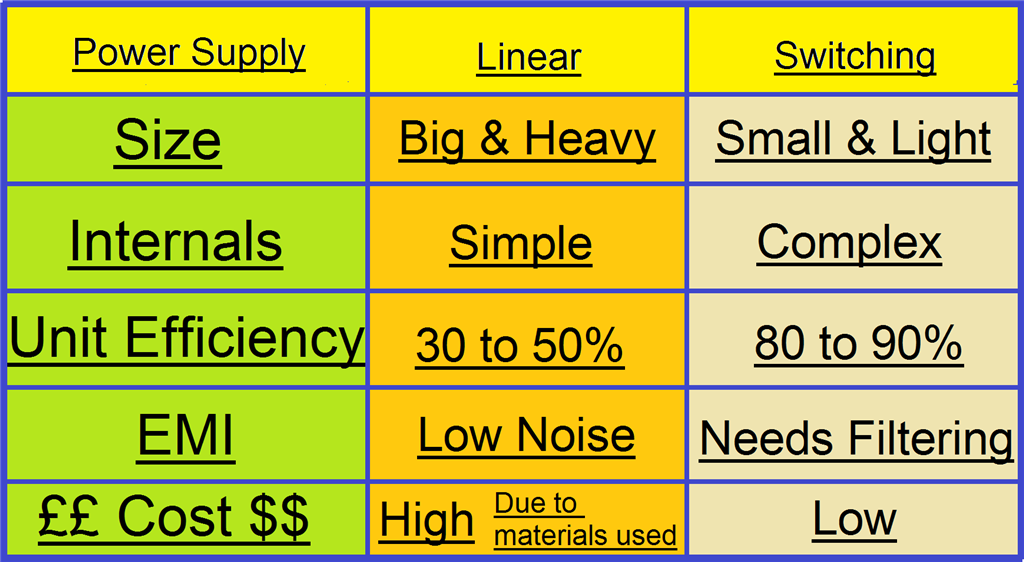
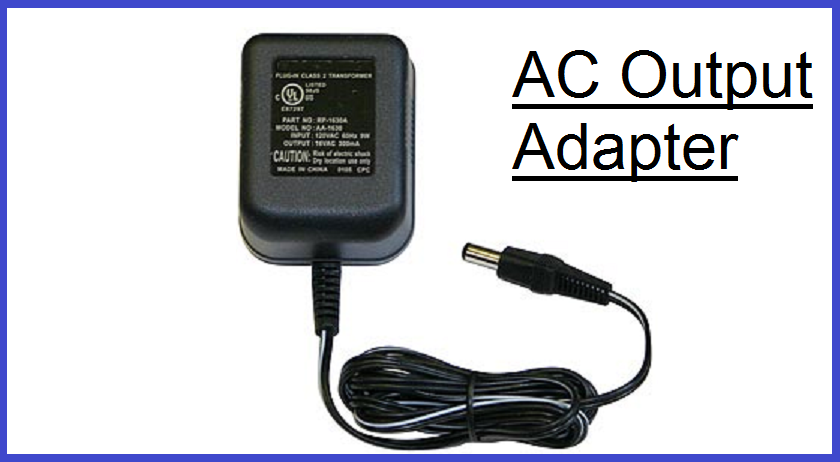
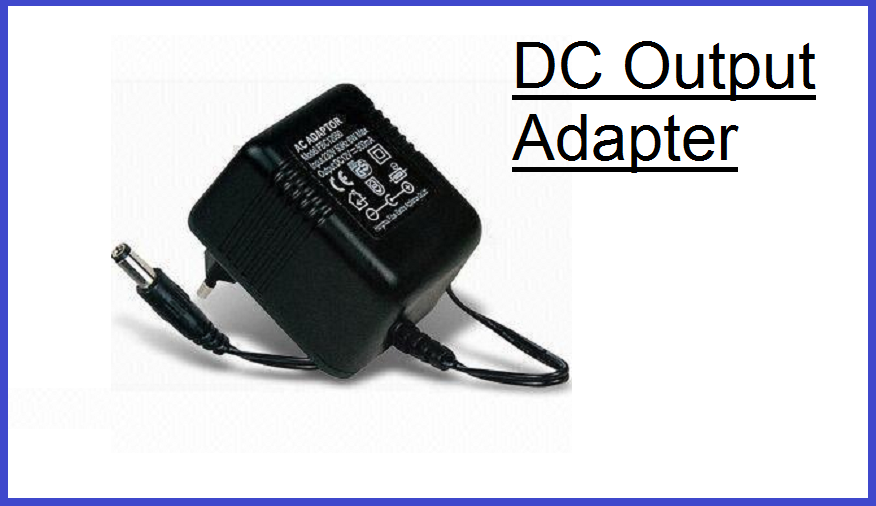
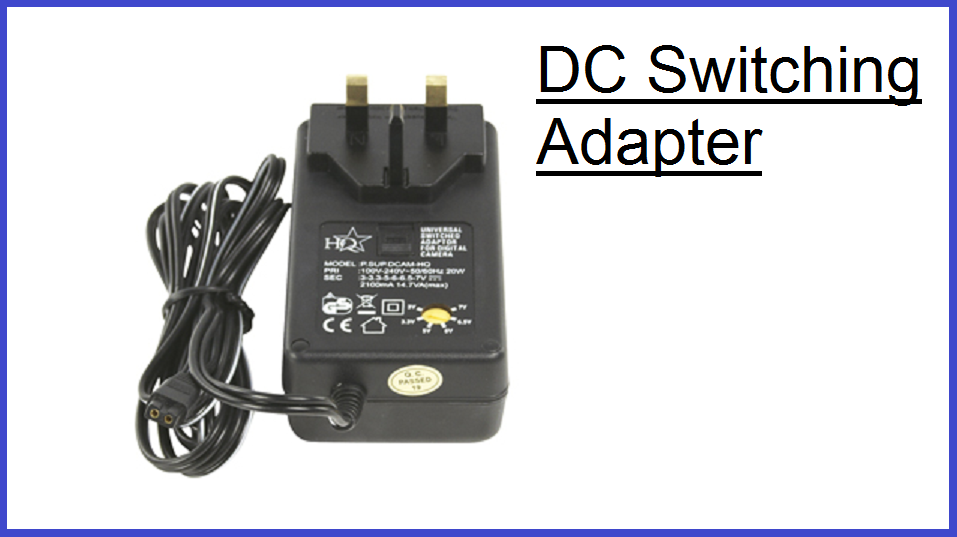
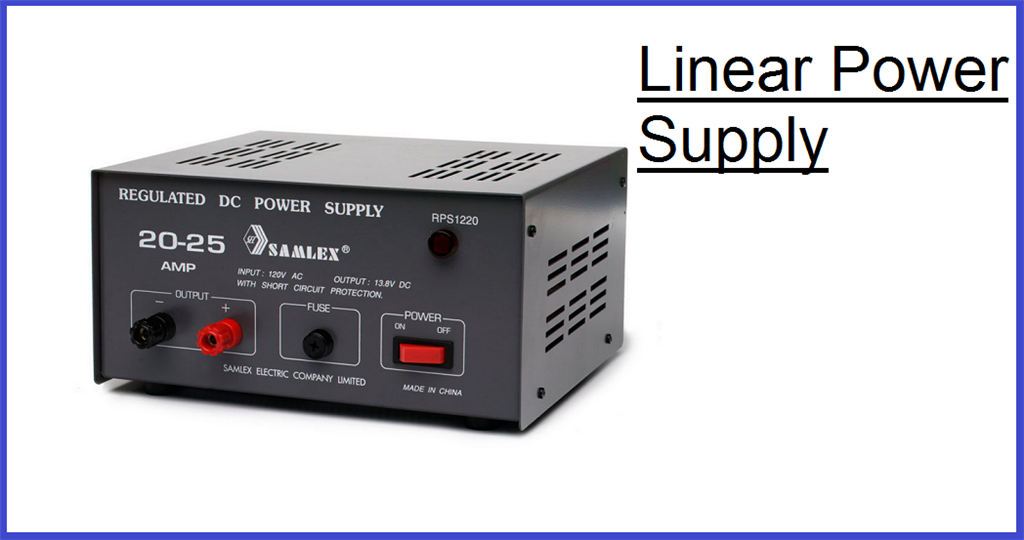
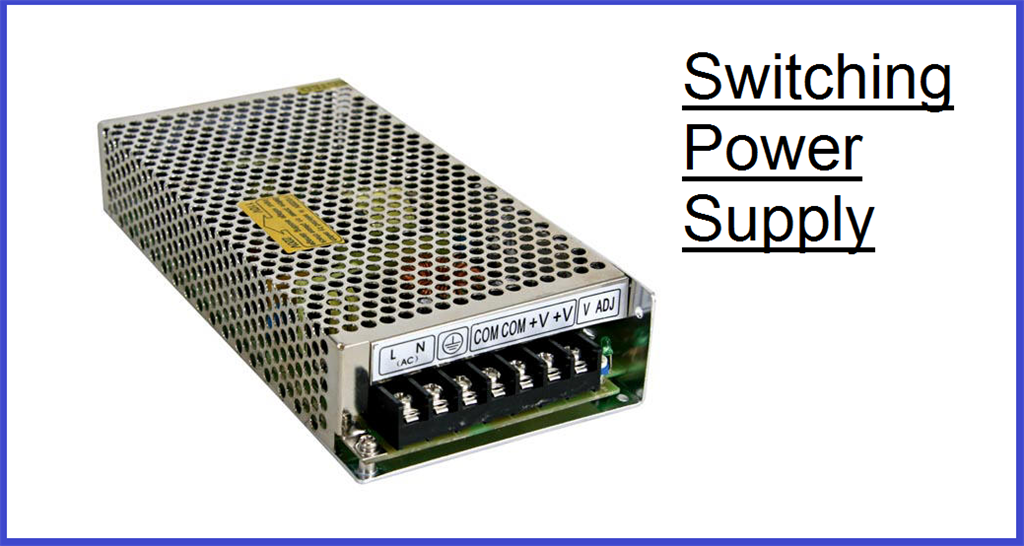

Thanks for this info. Still not sure why everything says it will handle 20plus servos because power wise, they cant. also a 20amp fuse will probably to blow before ez-b blows. this would be great in the specs!!
Thanks again
Scott
I'm not an expert, but there is common sense too.
Not all servos are equal: there are small torque and high torque servos, there are cheap servos (bad electronics, counterfeiter etc) and good servos (good engineering) and smart servos (with micro-controller e.g. Dynamixel with temperature, load, torque control).
Servos/motors have different current rates e.g. idle, torque stall, peak, inrush.
Some setups don't accommodate the Inrush/Peak current. Inrush Current is commonly used to describe the current that is required to energize an AC powered device when first applying voltage and power to it. If you have all your servos moving at same time you have a Inrush current during a brief period.
Some batteries have high discharges rates for example a lipo battery with 1000 mAh and a C=20 can handle 20 amps, but a niMH (AA) can't handle 20 Amps so the battery plays an important role.
And last not all fuses are equal there are quick-acting and time-lag (slow) a slow fuse can handle as much as 10 times the current for a brief period before blowing up...
Without knowing all details we can't make assumptions.
I recommend using EZ-Robot HDD digital servos for prototyping you product development, because they're the highest efficiency that you'll find. PTP is correct, in that your post may be assuming a specific servo experience, which is impossible to generalize. The EZ-B can provide power to entire InMoov large servo configurations. Even the EZ-Robot JD humanoid uses an EZ-B v4 and has 14 hdd servos and powers off a single 7.4v battery. This conversation of power requires explicit details of the hardware selected for your product development - as it cannot be generalized.
If you have questions regarding the EZ-B v4 manufactured by EZ-Robot, then you can visit their website at www.ez-robot.com to contact them directly. Otherwise, the opensource hardware and software for the EZ-B v4 design is available in the Synthian GitHub link at the footer of this website. Lastly, there's a number of supported hardware platforms for ARC in the Getting Started link on this website. Many options to ensure you experience positive results with your product development.